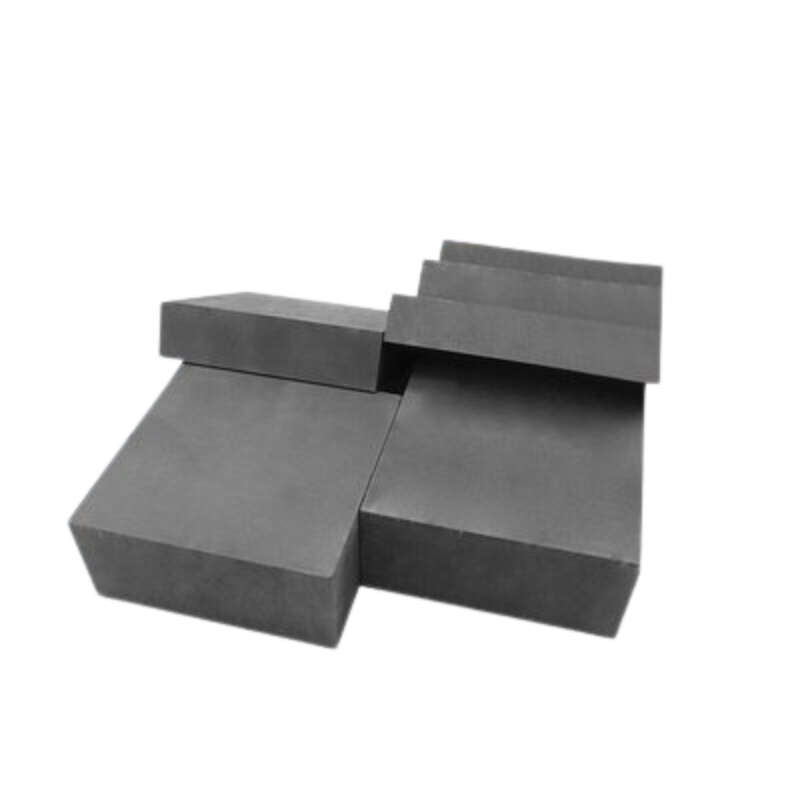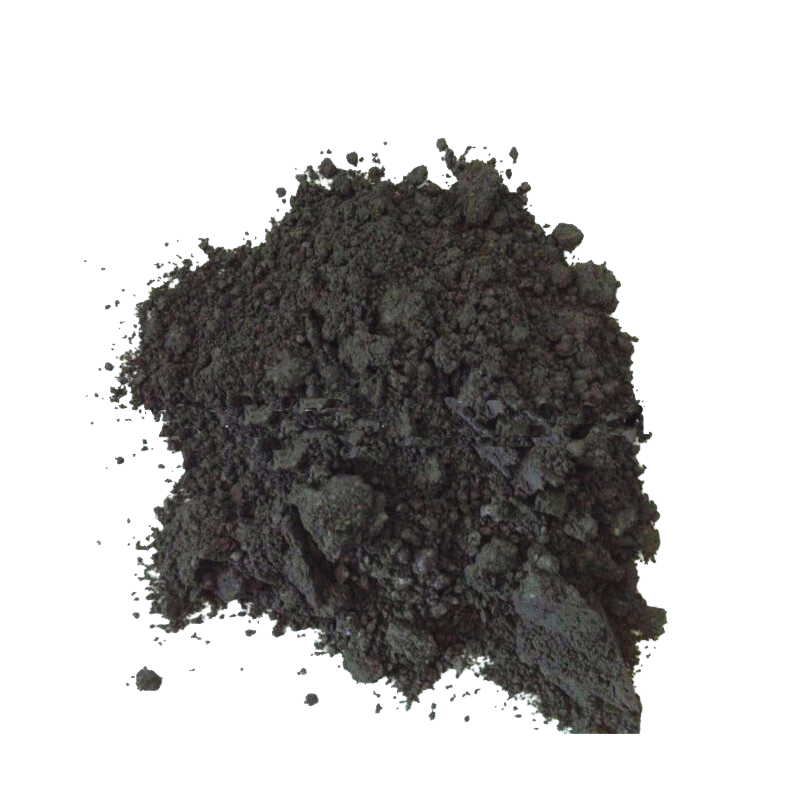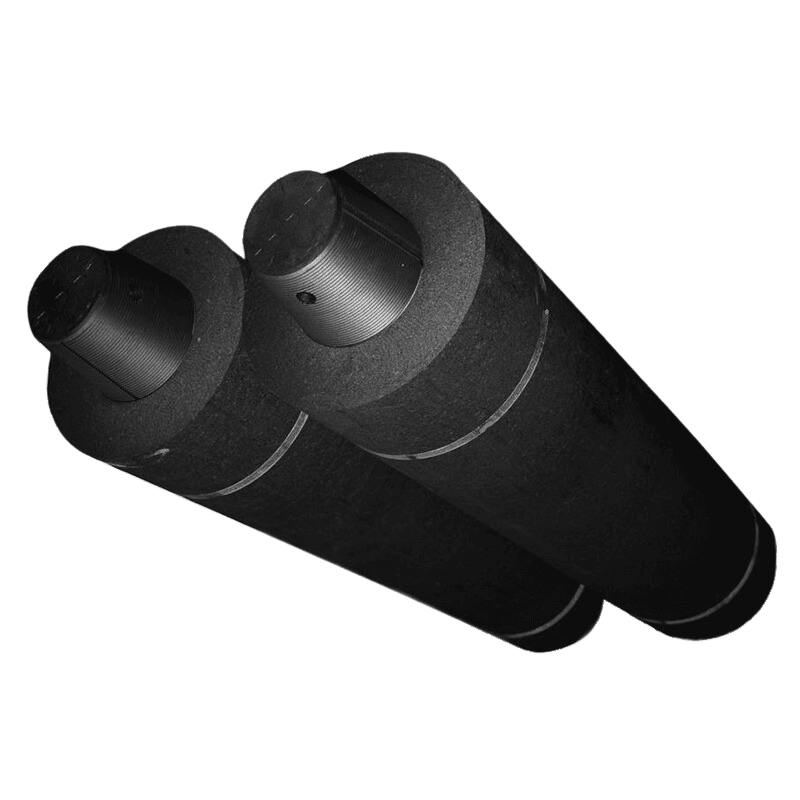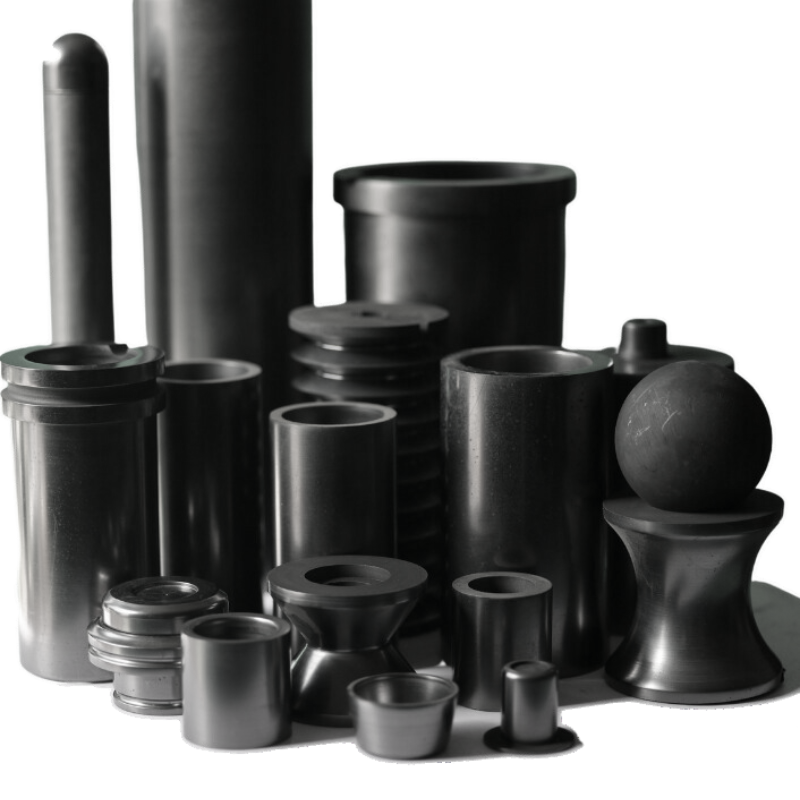During the processing of graphite products, emissions primarily arise from processes such as sintering, cutting, and grinding, releasing pollutants like particulate matter, volatile organic compounds (VOCs), nitrogen oxides (NOx), among others. Therefore, effective emission control is crucial for both environmental protection and the well-being of workers. Here are some common methods for handling emissions in the processing of graphite products:
1.Ventilation System Design: Install a ventilation system in the graphite processing workshop to introduce fresh air and exhaust emissions, maintaining air quality. Well-designed ventilation systems can efficiently remove harmful substances from the workshop, minimizing worker exposure.
2.Dust Removal Equipment: For particulate matter generated during graphite processing, dust removal equipment such as dust collectors, electrostatic precipitators, and wet scrubbers can be employed. These devices effectively capture and eliminate airborne particles, reducing adverse impacts on the environment and health.
3.VOCs Treatment: VOCs may be released during graphite processing. Adsorption, combustion, and oxidation methods can be employed for VOCs treatment. Common equipment includes adsorbents, incinerators, and catalytic oxidation systems.
4.Flue Gas Desulfurization and Denitrification: If sulfur compounds and nitrogen oxides are produced during graphite processing, flue gas desulfurization and denitrification technologies, such as spray tower absorption and selective catalytic reduction (SCR), can be applied to reduce atmospheric pollution.
5.Emission Monitoring and Control: Install emission monitoring equipment and regularly monitor emissions. By detecting and controlling emissions promptly, ensure compliance with environmental regulations and standards.
6.Waste Gas Heat Recovery: For high-temperature waste gases, consider employing waste heat recovery techniques to convert the thermal energy in emissions into usable energy, enhancing energy efficiency.
7.Training and Awareness: Provide training to workers on emission control, emphasizing the correct use of equipment, the importance of wearing protective gear, and regular health check-ups.
In conclusion, a comprehensive application of the above methods can effectively mitigate the environmental and human health impacts of emissions during the processing of graphite products, promoting environmentally friendly production. When implementing emission control measures, it is essential to adhere to local environmental regulations and choose appropriate treatment technologies based on specific production processes and emission characteristics.





